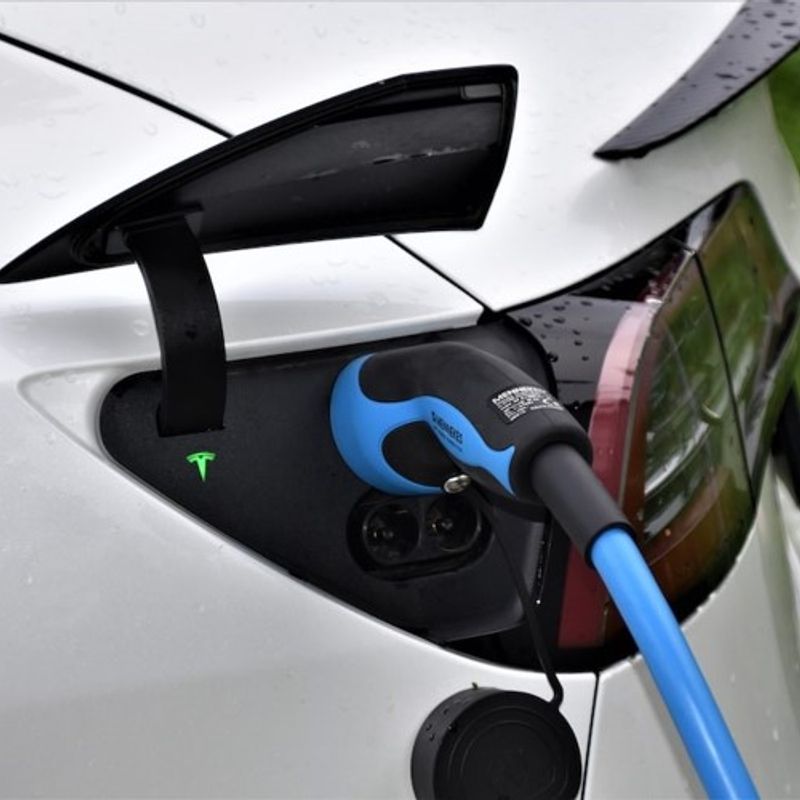
A major trend coming up in energy storage is vehicle-to-grid or V2G storage. Set to be almost as big a contributor to global capacity as dedicated lithium-ion batteries and pumped hydro within the next 20 years.
V2G charging enables energy to flow bi-directionally between the grid and the car. This process also allows electric vehicle owners to make money by selling energy from their vehicle back to the grid. A trial programme conducted in the UK involved V2G connected car-owners selling energy from their vehicle back to the grid at a rate of 30p per kWh. The programme concluded that customers could earn as much as £725 a year simply by keeping their cars plugged in when they are not in use.
Studies have shown that V2G could even improve car battery performance. An experiment conducted by the University of Warwick, concluded that the smart grid could extend the life of the EV battery “beyond the case in which there is no V2G.”
Tesla’s CEO, Elon Musk has expressed scepticism about the widespread utilisation of V2G technology. Musk has said that he doesn’t think many people will use bi-directional charging unless they have a Powerwall. A Powerwall is a Tesla battery which stores energy, detects outages, and automatically becomes a home’s power source when the grid goes down. Without a Powerwall, “if you unplug your car, your house goes dark, and this is extremely inconvenient.”
All the signs point towards V2G and its anticipated rise to prominence as one of the key contributors of energy storage capacity around the world in the coming years. In conclusion, the ever-increasing number of electric cars on the road means that the failure to widely deploy such technology would represent a blatant oversight in the drive to create a carbon-free society.
Topics covered
Keep reading...
All blogs-
Spencer Ogden
SO Careers - Meet Team Leader, Mandy Teow
-
Renewables
COP28: Climate action can't wait
-
SO Careers
SO Careers - Meet Senior Manager - Head of Permanent Business, Scarlet Lee
-
Spencer Ogden
Emerging Leaders - Meet Team Lead, Emily Clarke
-
Industry insights
Cultivating the Next Generation of Energy Leaders: A Focus on Youth and Innovation





